The most famous and popular car route for traveling through California and Nevada, route description, and key attractions along the route, cities, overnight stays, national parks along the route, useful information for travelers.
We have traveled this route twice with different groups and, without hesitation, I will go again, only without rush and taking longer breaks at all interesting places.
The route begins in Los Angeles, passes through San Francisco and Las Vegas, through several parks and beautiful places, and ends also in Los Angeles.
The entire route takes 10-14 days at least, requires a certain amount of money, and a rental car. Don’t forget to bring friends; at least share expenses for gas and accommodation if desired.
How to Rent a Car in the USA
Renting a car is worth it right upon arrival at Los Angeles airport to avoid spending money on a taxi.
I usually use the Rentalcars website, perhaps not the cheapest option, but always 100% reliable, and the difference with local companies will be small, around $10-$20 for the entire period. The risk of getting a bad car is excluded, and there is a good choice of rental companies, from international to local ones.
Description of the Car Route in California and Nevada
Los Angeles — Santa Barbara — Cambria (overnight stay) — Big Sur – 17 miles drive — Carmel — San Francisco — Sonoma — Yosemite — Death Valley — Las Vegas — Los Angeles
The length of the route is 1400 miles or 2260 km. The daily mileage does not exceed 300 km, except for the stretch from Las Vegas to Los Angeles, but there is an excellent high-speed highway, and 4 hours will pass unnoticed.
I recommend reading about the peculiarities of driving on US roads, especially parking and traffic rules before the trip. There are few fundamental differences from Europe, but it’s worth reading.
Details About the Route
Los Angeles – Santa Barbara — 150 km
The famous Santa Barbara, known to the older generation from the eponymous endless series. In reality, it is a typical town of one-story America. It is worth seeing the city center, the waterfront, the old Spanish mission, and the church nearby.
One day with an overnight stay is enough for the whole city. You can find an inexpensive hotel or motel in Santa Barbara or the surrounding areas.
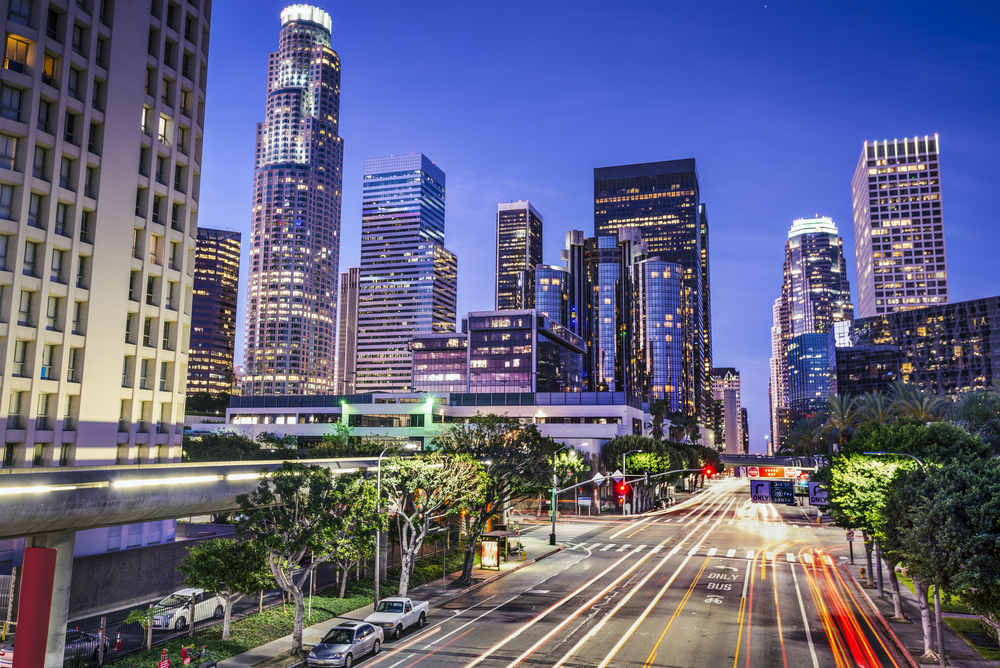
Santa Barbara — Cambria — 210 km
If you don’t plan to stay overnight in Santa Barbara, for example, if the price doesn’t suit you, you can move to the neighboring town of Cambria. In this place, you can stay overnight and then move on to the most beautiful part of the route – the section of the road along the ocean called Big Sur.
I recommend stopping for lunch with a view of the ocean; we stopped at a restaurant called Ragged Point – it can be seen from afar, there are signs.
You can find suitable accommodation in Cambria on the accommodation search and booking website.

Cambria — Big Sur — Carmel — 162 km
Big Sur is the most beautiful stretch of road; there are places to stop along the shoulders – be sure to admire the views of the ocean and the picturesque cliffs of California. In Carmel, we arrive in the evening, considering a stop for dinner.
In this town, you can also stay overnight, but keep in mind that in the summer season, prices jump to $150-$300 per night. In the fall, it’s cheaper; you can find accommodation for $70-$90. Draw your own conclusions.
Carmel is a resort town, near the famous 17-mile drive that we will take in the morning. Long sandy beaches, golf courses, and pelicans, which are as common here as pigeons for us. I recommend paying attention to the fairy-tale houses of Carmel; they are like something out of an elf tale. Our girls clicked their tongues next to each house, with no hint of pretentiousness, considering the cost of each property.
Be sure to plan a walk along the ocean in Carmel, at least for a couple of hours. You can watch the local waves as endlessly as a fire.
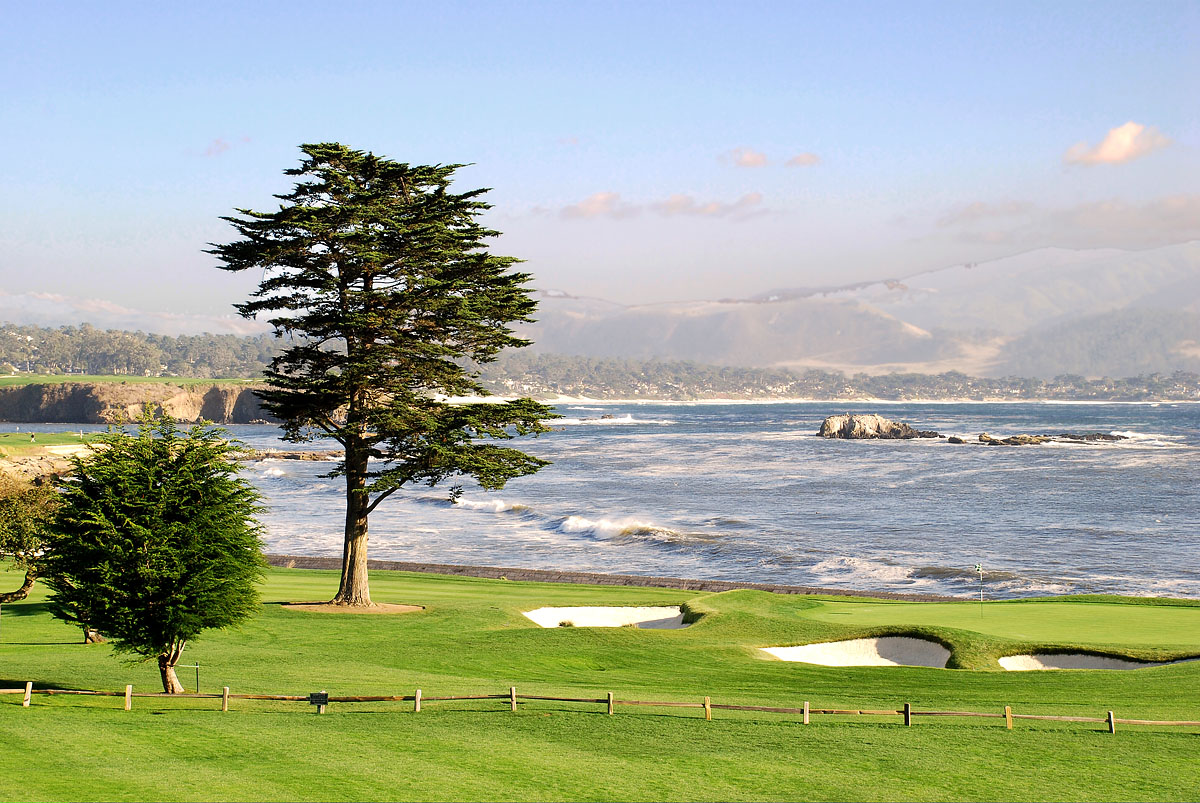
17-Mile Drive – 17 miles drive
Right after Carmel, don’t miss the turn to the famous 17-Mile Drive – a road whose surroundings belong to the community of Pebble Beach, passing through the Monterey Peninsula. The entrance fee is $10.
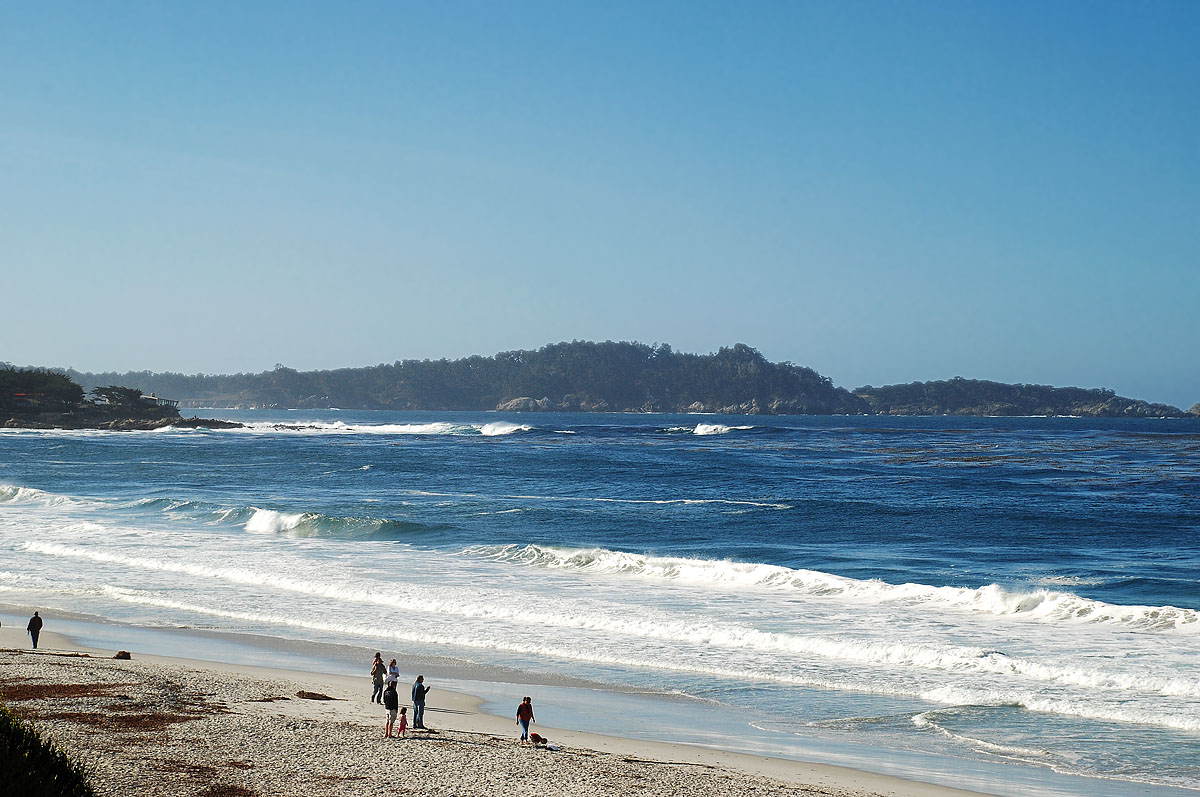
Carmel – Monterey — San Francisco – 190 km
We headed to San Francisco with a short stop in the city of Monterey. Monterey is famous for its aquarium, restaurants on long piers extending into the ocean, and the opportunity to go whale watching and observe orcas in their natural habitat almost any time of the year.
San Francisco is the most unusual and one of the most beautiful cities on the West Coast of the United States.
How much time to plan for a stay in San Francisco? As much as the overall time allocated for the route allows. If it’s three days – great, but you can see the main attractions in just one day.
Check out the Golden Gate Bridge, ride the cable car, take a boat tour of the bay with a visit to Alcatraz Island, drive down the winding Lombard Street, and walk up it on foot. Of course, Russian Hill and Fisherman’s Wharf on the waterfront, as well as an evening view of the city from Twin Peaks.
In the fall, there are often discounts, and we were lucky to find a Hilton right near the entrance to Chinatown San Francisco at a good price of $75.
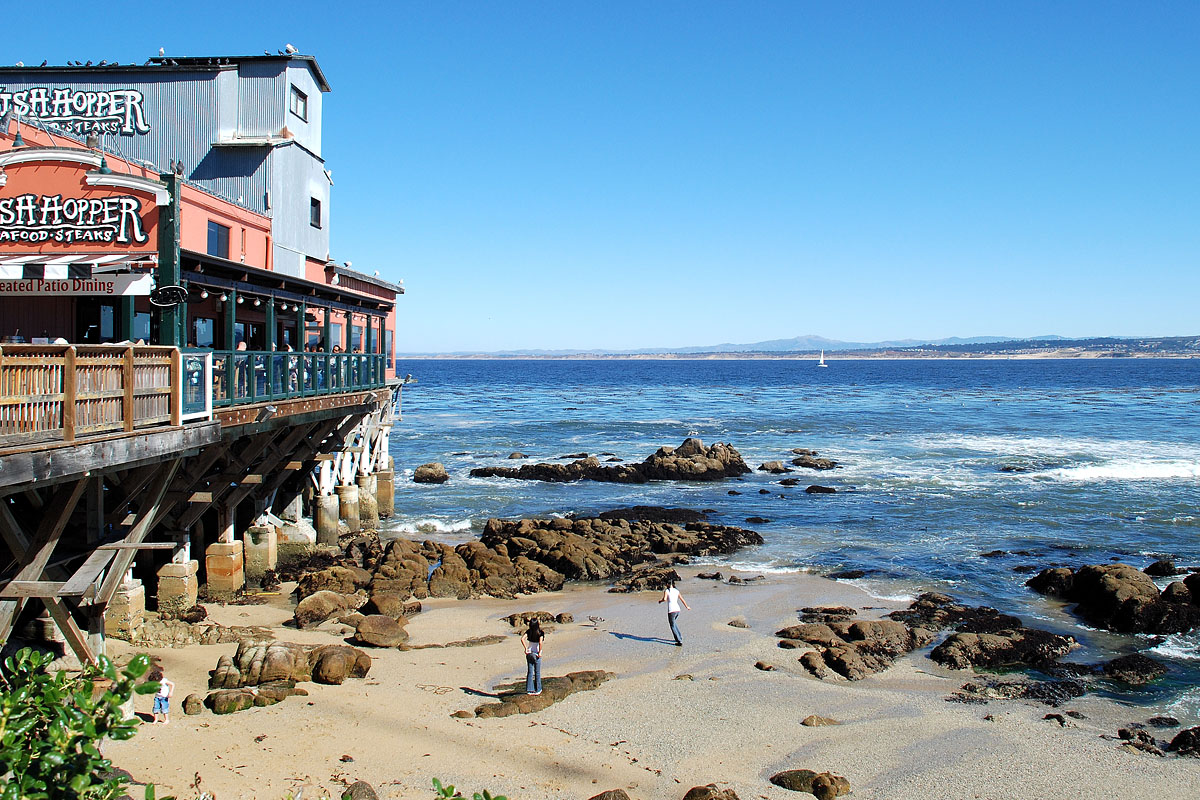
San Francisco — Sonoma — 70 km
Sonoma is a town near San Francisco, next to which is the Armstrong Redwoods National Reserve with giant sequoias.
You can also make a stop in the California wine country – Napa Valley. We had the time and spent three wonderful days here. Accommodation in Napa Valley is mainly in homes at wineries, reminiscent of agritourism in the Italian Tuscany. Allocating a minimum of one or two nights for tasting California Cabernet is a safe bet. No more, or else it can be overwhelming, and you might not want to go anywhere else.
In principle, if there is no more time, then after this part of the route, you can turn back to Los Angeles. If there is at least a week to spare, then go ahead to the National Parks and the lights of Las Vegas.
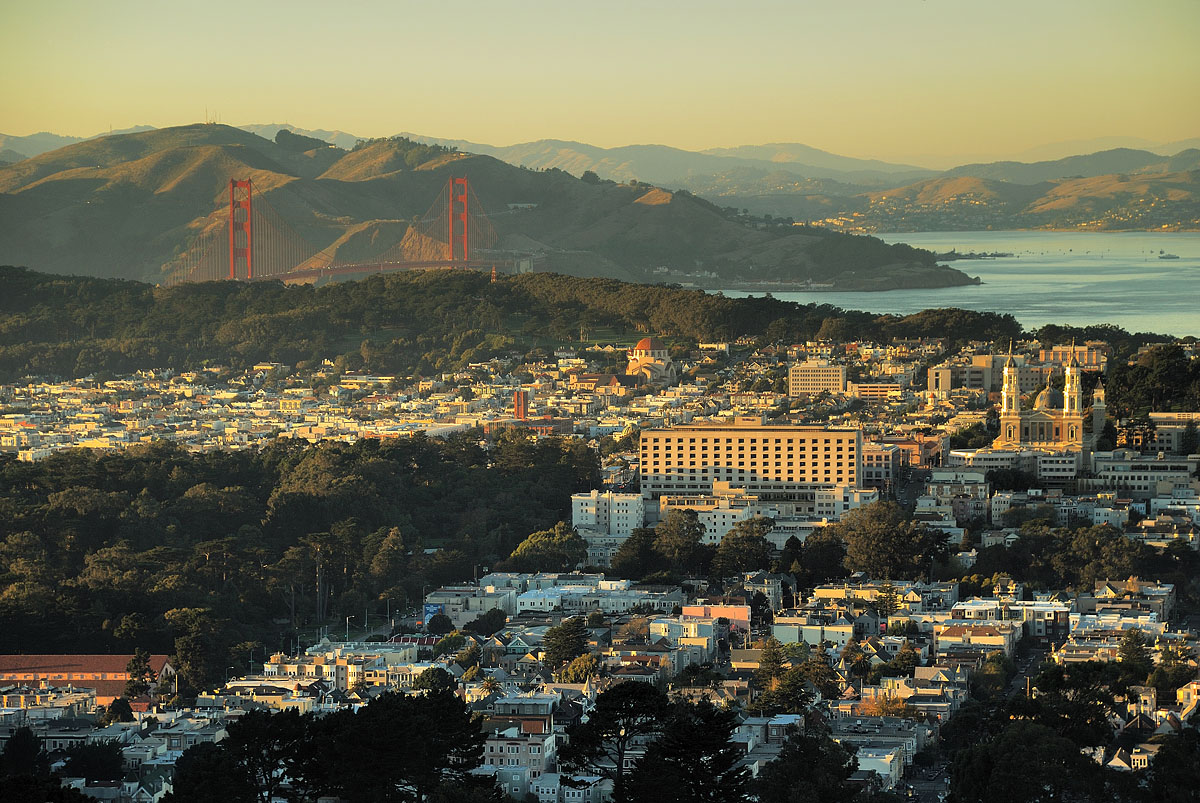
Sonoma — Yosemite — 280 km
I wrote in detail about Yosemite National Park. You can spend the night either in the park itself or in the nearby small town of Lone Pine.
Yosemite requires at least a full day for the main attractions.
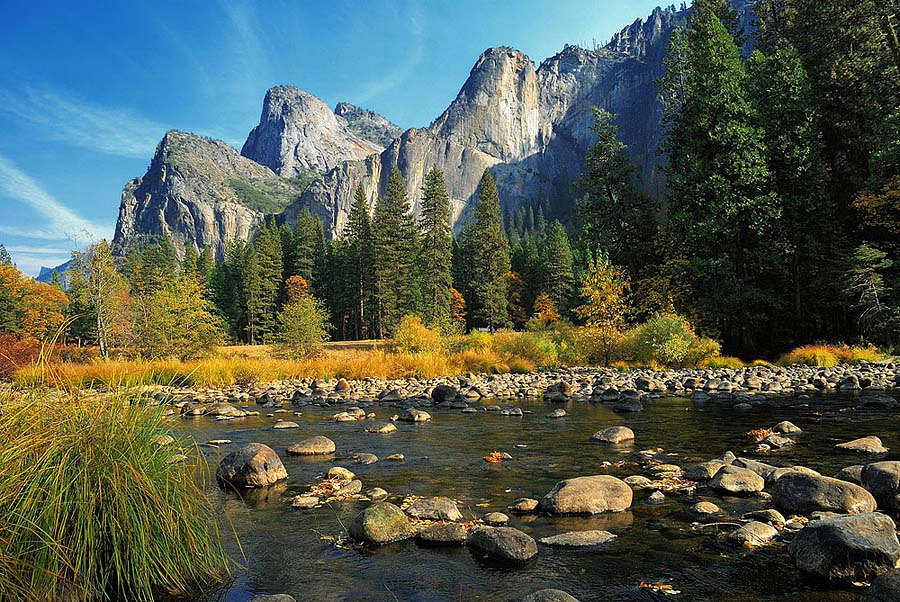
Yosemite — Death Valley – 500 km
The same story with Death Valley. You can drive through it in one day with stops at significant locations marked on the map that you can get at the information center.
You can spend a minimum of a couple of days with an overnight stay in Death Valley. Keep in mind that in summer and early fall, Death Valley experiences almost deadly heat, reaching up to 45 degrees Celsius in the shade. The best time to visit is spring and mid-fall.
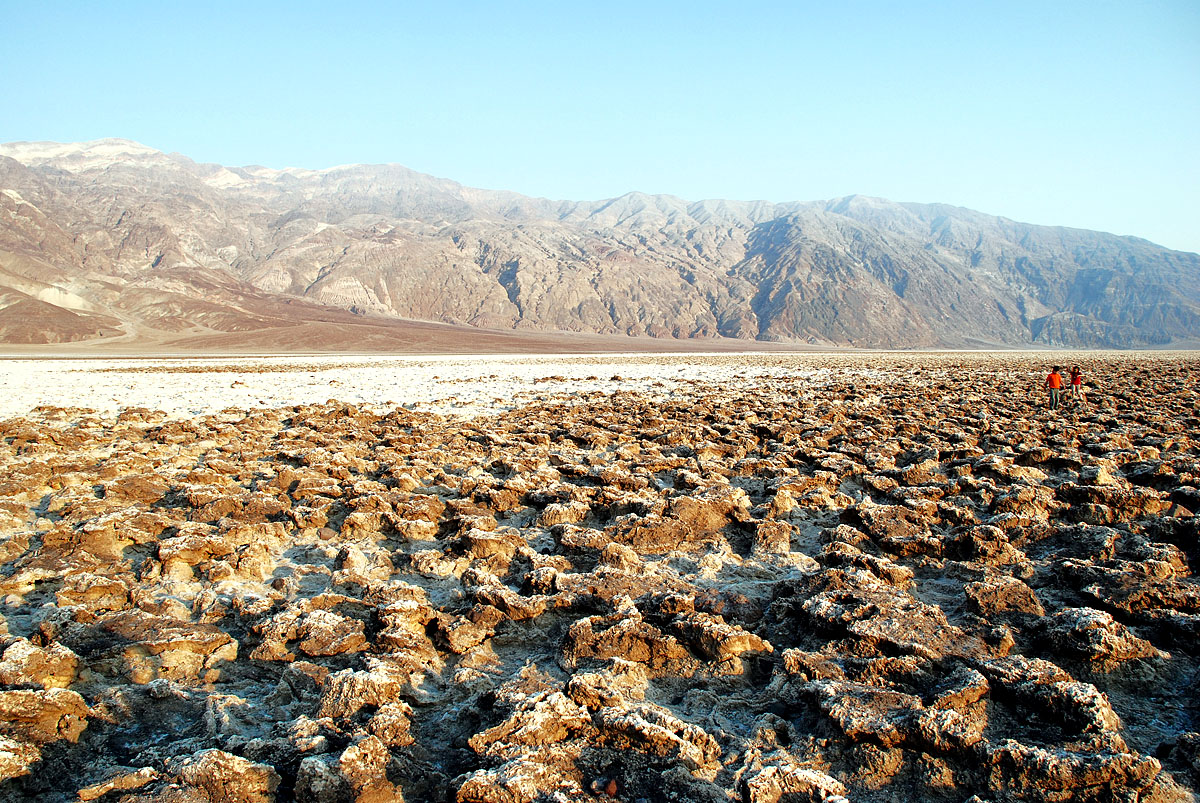
Death Valley — Las Vegas – 240 km
Las Vegas is the final destination of our journey through the USA, although, of course, from here you can explore the National Parks of the southwest of the USA, but this is a completely different route and a completely different story.
Detailed information about Las Vegas can be found in our mini-guide; I recommend reading it before traveling to this city.
“… we stayed at the Four Seasons and Mandalay Bay hotels on the Strip. They are in the same building, with their feature being several pools for residents, their own beach, and good bars.

Las Vegas – Los Angeles – 435 km
Returning to Los Angeles. It’s about a 5-hour drive from Las Vegas, and on the way, you can make a short detour and visit the Mojave Desert Reserve if you still have the energy.
You can read about what to do in Los Angeles here.
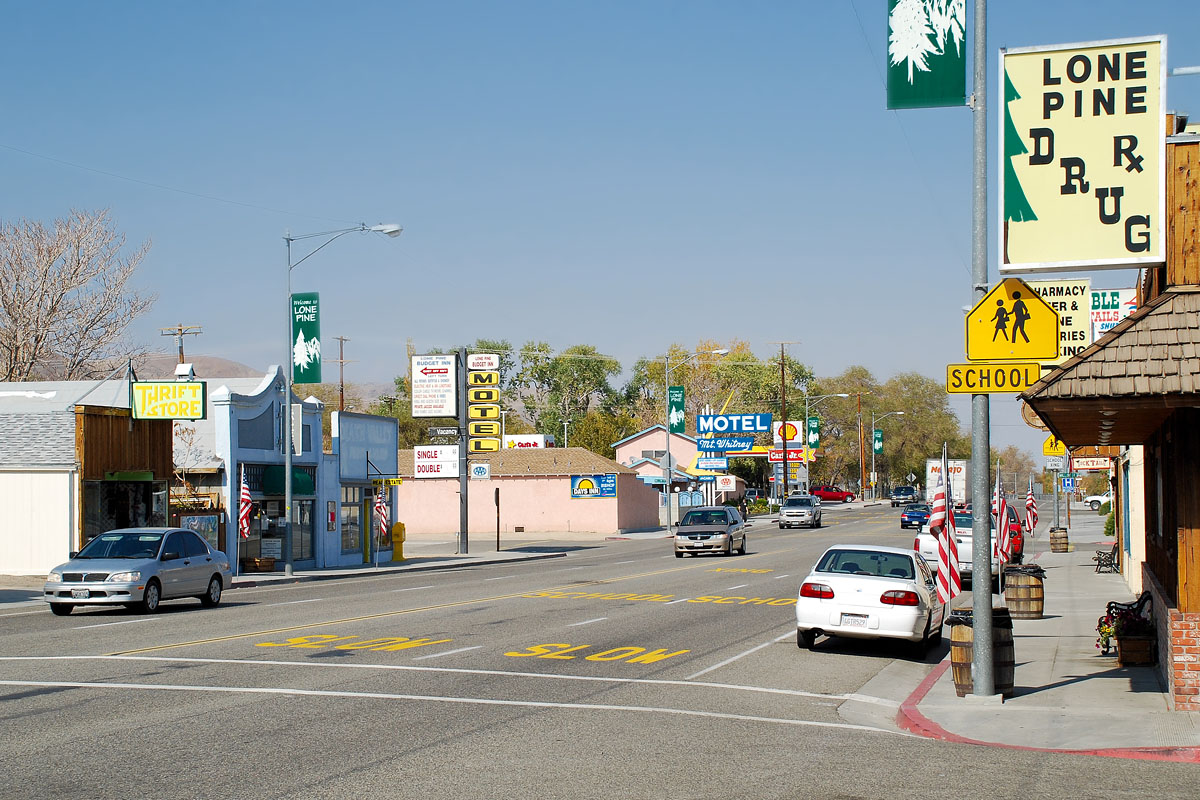
How to Buy a Cheap Plane Ticket to Los Angeles
You can look and search on airline websites that fly to the States from Europe, or it’s easier to entrust this task to a flight search and booking website. It has proven itself very well in our flights.